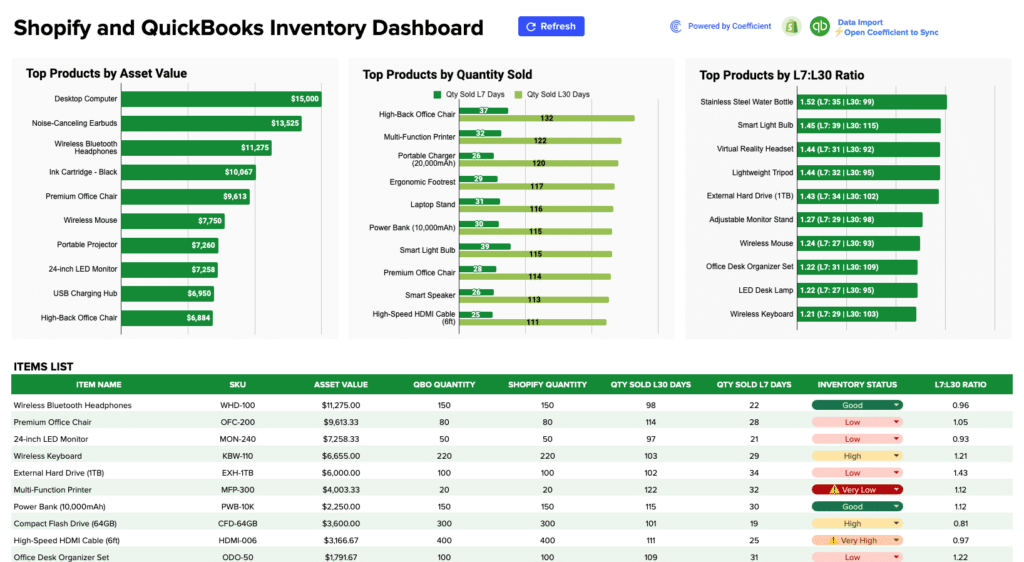Formula for SaaS Quick Ratio
Where:
- New MRR (Monthly Recurring Revenue): Revenue from new customers.
- Expansion MRR: Additional revenue from existing customers upgrading their plans.
- Churned MRR: Revenue lost from customers canceling their subscriptions.
- Contraction MRR: Revenue lost from existing customers downgrading their plans.
Understanding and managing growth in SaaS is critical to the health of the business. One pivotal metric that helps in this regard is the SaaS Quick Ratio. This financial metric is a powerful tool to evaluate a company’s growth efficiency by comparing the rate of revenue growth to the rate of revenue loss.
Why is SaaS Quick Ratio Important?
- Growth Assessment: It provides a clear view of how well a company is growing. A higher ratio indicates healthy growth, whereas a lower ratio suggests the need for strategic changes.
- Investor Attractiveness: A strong quick ratio is often attractive to investors, as it signifies efficient and sustainable growth.
- Churn Impact Analysis: It helps in understanding the impact of churn and downgrades on overall revenue.
Calculating SaaS Quick Ratio – An Example:
Let’s say a SaaS company has the following MRR figures for a month:
- New MRR: $5,000
- Expansion MRR: $2,000
- Churned MRR: $1,500
- Contraction MRR: $500
The SaaS Quick Ratio would be: \frac{$5,000 + $2,000}{$1,500 + $500} = \frac{$7,000}{$2,000} = 3.5
This indicates that for every dollar lost, the company gains $3.5, signaling strong growth efficiency.
How to Improve SaaS Quick Ratio:
- Enhance Customer Retention: Reducing churn directly improves the ratio.
- Focus on Upselling: Encourage existing customers to upgrade their subscriptions.
- Optimize Acquisition Strategy: Acquire new customers more efficiently.
- Improve Product Offering: Enhance the product to add value and reduce downgrades.
Understanding and actively monitoring the SaaS Quick Ratio is essential for any SaaS business. It’s not just a number but a reflection of the company’s growth trajectory and sustainability. Regular analysis of this ratio can guide strategic decisions, from customer acquisition to product development and pricing strategies.














